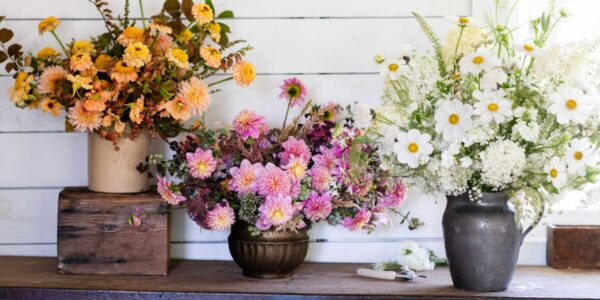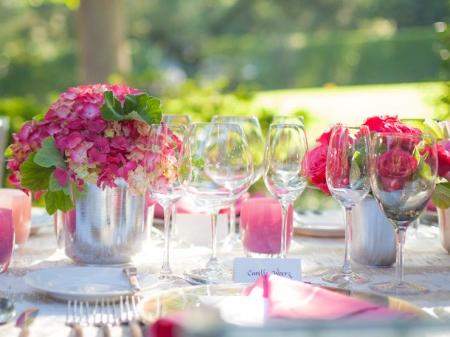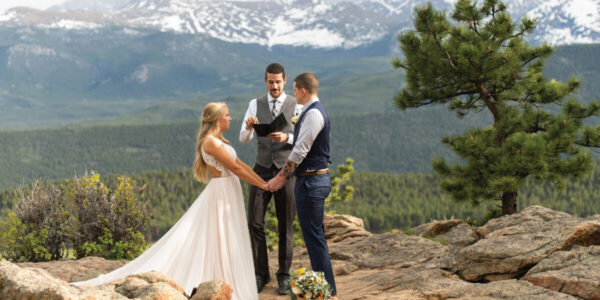
Bring on the (American) Bubbles

Last week I drank a lot of sparkling wine. I’m a fan of Champagne (shocking, I know), French sparklers from regions other than Champagne (called crémant, and much less expensive than the name brand), cava (Spanish), even prosecco (Italian, and made in a slightly more streamlined—okay, cheaper—way than the painstaking traditional Champagne method). But last week, American bubbly seemed best for an American birthday.
I was doubled-up on birthdays, actually, and both called for the bubbly. The smaller celebration was for Domaine Chandon’s 40th anniversary—four decades for this pioneering Napa sparkling winery. That’s an inch on the timeline for a Champagne house, but it’s the cache of all we know about making bubbles here. And at the party—decked out in shades of pink because 40 is for rubies, as I learned—the founders and all the winemakers through the years (not many) told a surprising story.
Like several major California sparkling-wine houses, Chandon has French ownership: Louis Vuitton Moët Hennessy, whose wine branch, Moët & Chandon dates back to the mid-1700s and claims the legendary Dom Pérignon as its top Champagne. I’ve always assumed that, in the early days of Domaine Chandon’s bubbles, the French masters were thick on the ground here, instructing, guiding, probably controlling. But apparently only some of that was true. The winemakers’ stories did speak of a rich transfer of legendary Champagne know-how, but the early-days atmosphere sounded more like a Silicon Valley start-up, with some rather wild decisions to be made with very little experience. At one point, different (cheaper) grapes than Champagne’s traditional Chardonnay and Pinot Noir were even considered for the base wine.
The short story is—emphasis on short—California sparkling winemakers quickly figured out how to make beautiful bubbles from Chardonnay and Pinot Noir. The wines owe much to French style and quality, but they have a mind of their own. Counterintuitively, our sparklers are actually drier than Champagne. Even if we lean sweeter in other wines, we prefer less sugar added in the end to our sparklers. But that’s fodder for another tale—how those bubbles get in there.
California sparkling-wine faves
Domaine Chandon “étoile” Brut ($40). Creamy bubbles bring on vibrant citrus, red berries, and spice edged with toastiness.
Roederer Brut Rosé (Anderson Valley; $28). A bright wine, not shy on vibrant red cherry and berry flavors, but with an underlying sophisticated yeastiness.
Rack & Riddle Blanc de Blancs (North Coast; $20). The 100 percent Chardonnay in this wine delivers lovely green apple and tropical flavors.
Gloria Ferrer 2005 “Royal Cuvée” Brut (Carneros; $32). Toasted brioche sets off beautiful stone fruit, citrus, and pear.
Iron Horse 2009 “Wedding Cuvée” (Green Valley of Russian River Valley, Sonoma County; $40). A Blanc de Noirs style, with the elegant red fruit of its donimant Pinot Noir, plus a hint of nuttiness and a spritz of grapefruit.



